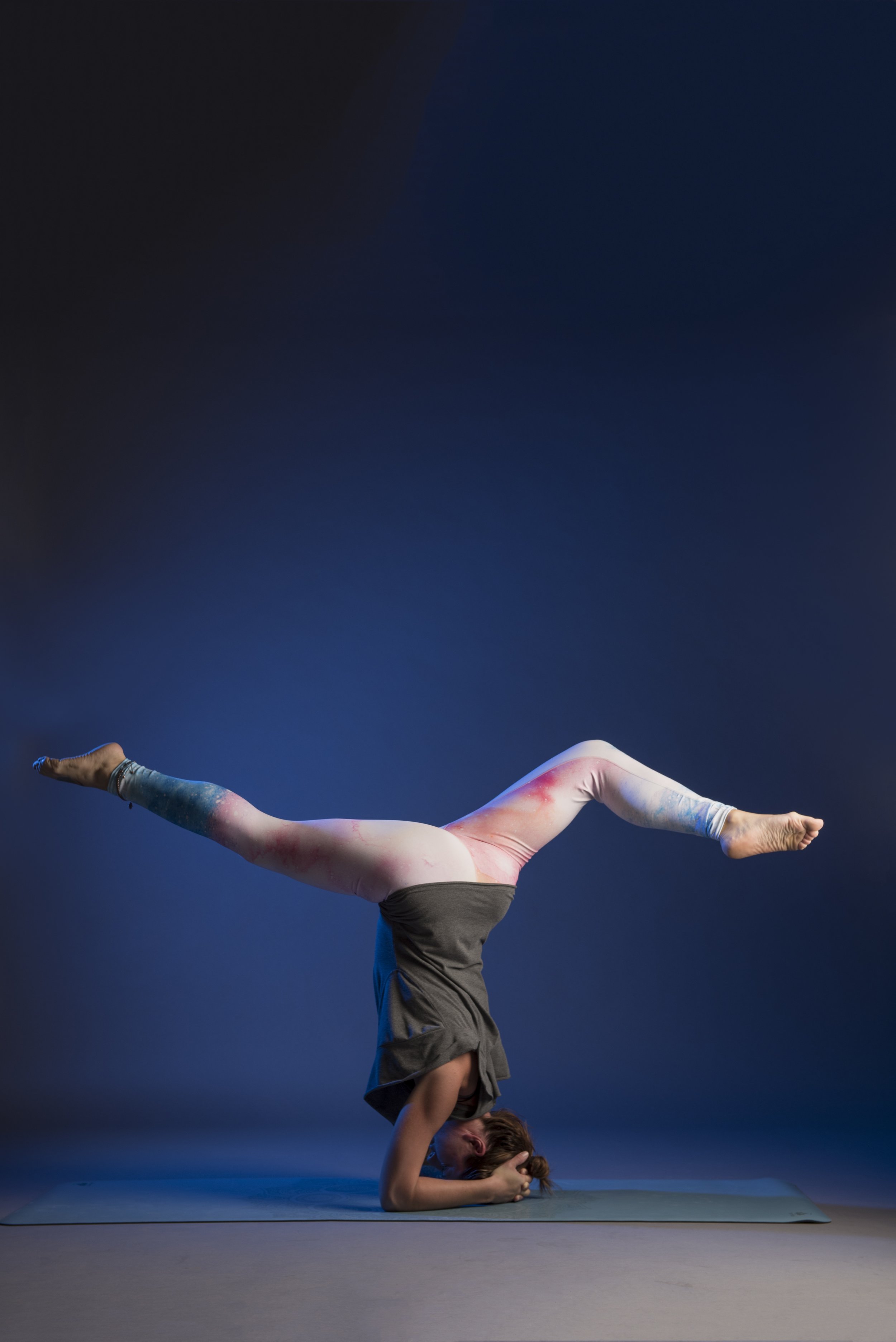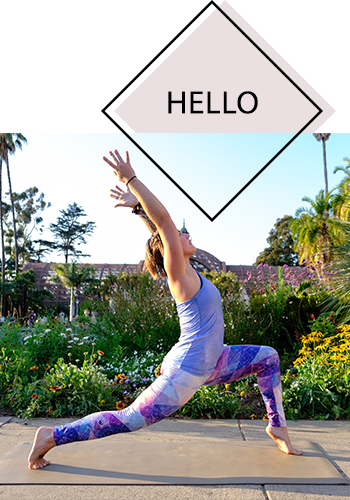It's been a while since I regularly practiced headstand and forearm balance and I have to say, I greatly miss Dharma Yoga Evanston, where those two postures were a constant part of class!
Fortunately, though, I have the learned the foundational information needed to get in and out of the postures safely on my own, and I am adding them back into my routine.
Today I wanted to share a little advice for those of you practicing these postures, or thinking about learning them.
Tip #1:
In the beginning, practice with a teacher.
It's very important to learn the right way when it comes to inversions, so that you're safe and so you set up good habits. You want to be sure to avoid shoulder and neck strain. Listen carefully and watch your teacher, thinking to yourself, "That is me." Envision yourself in the pose before you are even in it.
Tip #2: Learn how to fall.
The scariest part about inversions is the thought of falling on your head, right? Well, you take that fear away if you practice what it feels like to fall. Remember to tuck your head (chin to chest) and you will protect your neck and spine. Again, this is a great thing to do early on with an instructor present. Once you've pushed through the point of balancing in the pose several times, forcing yourself to fall, you begin to learn where your edge is.
Tip #3: Use the wall conscientiously.
When I first learned headstand, I practiced it a lot at home in front of the wall. Then, when I tried it in class, I immediately felt myself tipping forward, to that place where the wall used to be. For a brief moment I had no idea how to stop myself from falling -- so I did. I hadn't yet learned the way you must fire up all of your back muscles and glutes in order to prevent yourself from tipping forward.
While I think utilizing a wall to learn headstand and forearm balance early on is great, it's also important not to let it become a crutch. As soon as you feel remotely comfortable with the pose, move away from the wall. Challenge yourself to trust your body. And if you're in a class with a bunch of other yogis, allow the energy in the room to inspire you.
Photo via
Yogurt Yoga
.
Tip #4: Practice awareness of your mind as you try these poses.
Inversions tend to ignite fear in us.
Eventually you will need to use your own resolve to face the fear, and to ignore the flight-or-fight response your nervous system may produce.
As long as you take the right steps to learn the right way into and out of the posture, know that you are safe. Trust in what your teacher has shown you, and trust that your body is capable of incredible things. Learn to let go of your resistance to the postures themselves.
You know you are moving in the right direction when you don't feel your heart drop at the mention of the pose in class. Instead of slowly making your way into the pose, you set a positive example for your fellow yogis, and you launch happily into trying. As long as you are trying, you are achieving what the pose is meant to do.
Tip #5: Learn to play.
These two postures, Sirsasana and Pinchamayurasana, are poses that can take months or even years to realize. Instead of focusing on a specific outcome of your efforts, embrace where you are in that process right here, today.
Are you simply building strength in your shoulders? Are you experimenting with how much effort it takes to kick your legs up the wall? Are you observing the other yogis in class, noting something new about the pose that you've never seen before?
Wherever you are, you are perfect. You are right where you're meant to be.

















































































Stories from the trail. My journey to becoming an ultra marathon runner.